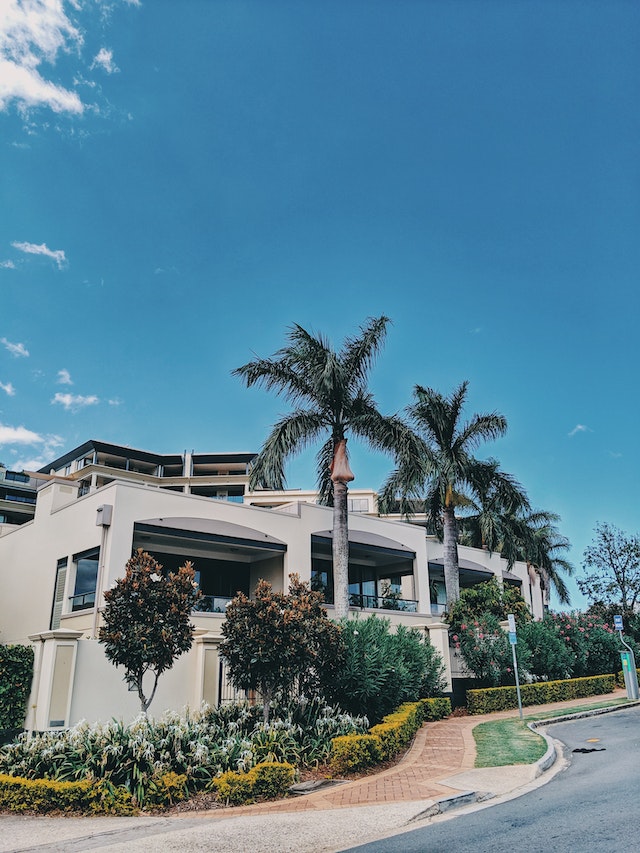How to invest in raw land: a real estate investor’s guide

Most people imagine a run-down house that needs quick renovation when they think of real estate investment. Many house-flipping reality television programs have helped to promote home renovation, commonly known as fix-and-flips. House flipping is only one kind of real estate investment, however. Investing in the actual land itself is another rewarding strategy.
When you buy or contract to buy unoccupied land with the goal of flipping it as an investment, you are engaging in land speculation, often known as raw land flipping. Everyone may purchase property, but only a certain kind of investor can convert bare, undeveloped land into a valuable asset. Contractors and house builders, who are also referred to as development investors, are two examples of people who frequently have the skills and certifications required to develop uninhabited land.
Here are a few methods to invest in raw land even if you're not a developer.
Flipping parcels
A strategy known as "parcel flipping" is when an investor makes a deal to buy an undivided parcel or tract of property and then sells it to another investor. This indicates that an investor has no plans to acquire the property and close on it. The investor intends to flip to another investor their contractual interest in the parcel for the purpose of acquisition and development. There are two approaches to use this technique.
First Approach: Find And Flip As-Is
The find and flip as-is strategy is exactly what it sounds like and not too difficult. The investor wants to acquire the piece or tract of land at a reduced price from the owner and then sell the contract to another investor. As a result, the investor will be given an assignment for the transaction as a "finders fee".
Second Approach: Finding, Formulating, and Flipping
The find, formulate, and flip approach is harder and requires more practical effort. The investor hopes to create a transaction using this strategy that is more advantageous and has a bigger profit margin. By conducting part of the groundwork necessary for developing the property, this may be accomplished. Ordering land surveys, verifying and defining the zoning needs for construction, or even merging two or more lots into a tract of property for sale are a few examples.

Every level of investor can engage in parcel flipping, however a little investment expertise might be helpful. Different from residential lots, parcels and tracts of land often take a bit longer to flip but may provide higher returns since they are less common in desired locations.
While searching for lots using either strategy, keep an eye out for new building sites where communities and commercial malls are being built. When trying to flip property, parcels and tracts near new projects might be an excellent area to start your analyses.

Flipping residential lots
Residential lot flipping is a strategy in which an investor buys or agrees to buy an empty lot and afterwards sells the property to another investor, usually a developer. Residential lots are distinct from parcels or tracts of land since they often belong to developments and have development zones already in place.
There are two approaches to using this technique.
First Approach: Purchasing and Resale
When the investor has the funds to buy the property from the landowner, they employ the purchase and resale approach. In other words, the investor finances and completes the original land acquisition before selling the property to a different investor.
Second Approach: Contract for Purchase and Resale
The investor must simply have a contractual stake in the land to use the contract-to-purchase approach. They don't have to be the owners. This indicates that the investor and the seller (landowner) have reached a purchase agreement giving the investor the option to buy the property. After collecting a fee, often in the form of an assignment of contract, the investor would then sell that "right to buy" to another investor.
If you know what to look for, residential lot flipping may be a fast and simple option for investors of any experience level to invest in undeveloped land. Be sure the lot can be built on. You can't always build a home on a piece of land just because it's in a development.
Some unoccupied lots are left that way for a purpose. It's possible that the lot has been partitioned and is no longer suitable for construction, or that there is an easement on the land that precludes development. Any ambiguity may be resolved with a quick phone call to your community's zoning office; you can even obtain a land survey before making a purchase.
Conclusion
Investors should always search for fresh investment possibilities and strategies to diversify their portfolios. Flipping undeveloped and abandoned land may be a beneficial addition to any investment plan. These techniques may not only broaden your investment criteria but also provide you the information and expertise you need to take your investing in a new direction. Keep in mind that success is a journey rather than a destination.






























